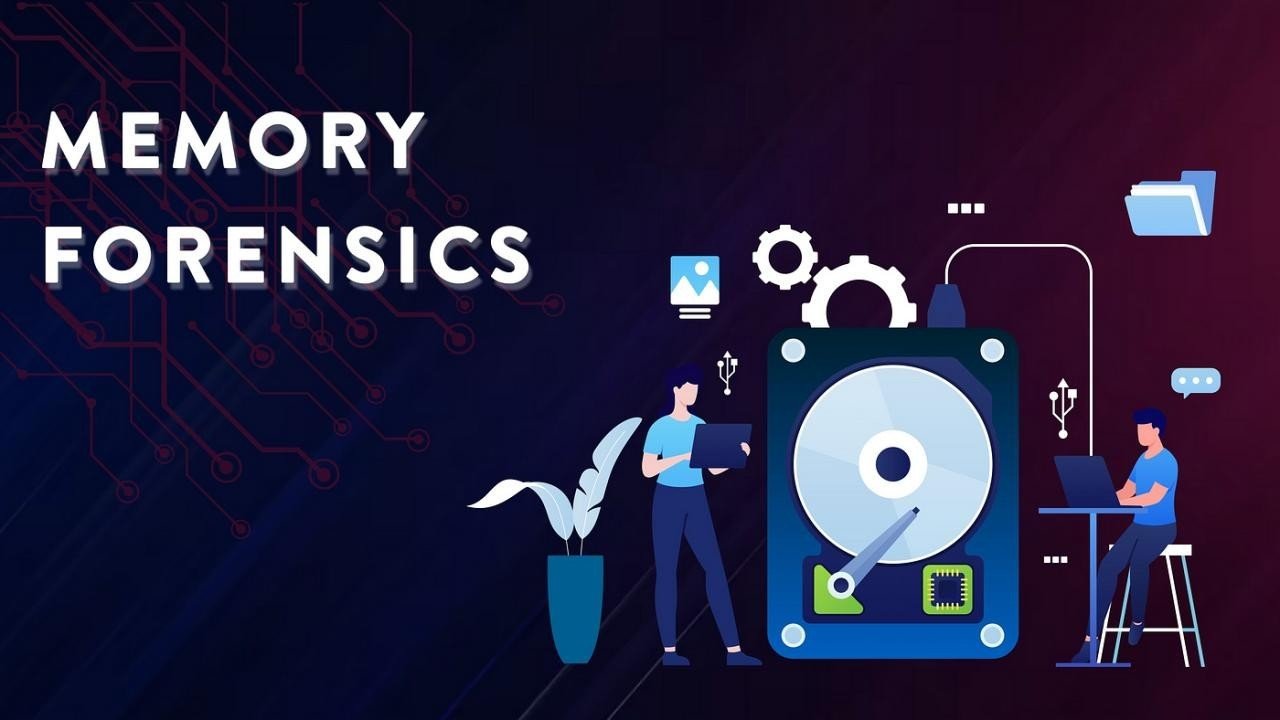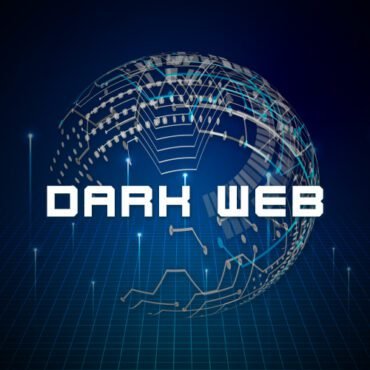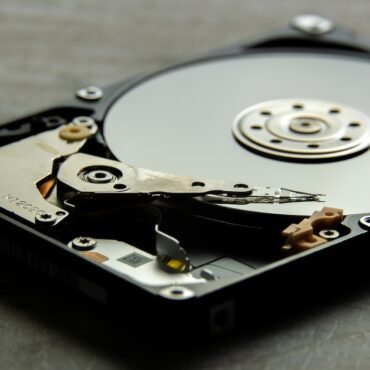Introduction
In digital investigations, most people focus on hard drives and storage devices. However, one of the most volatile yet critical sources of digital evidence lies within a computer’s Random Access Memory (RAM). Memory forensics—also known as volatile memory analysis—involves capturing and examining data stored temporarily in RAM to uncover digital evidence that might never be written to disk.
From detecting malware to retrieving encryption keys, memory forensics plays an essential role in uncovering real-time activities that traditional disk forensics cannot reveal.
What Is Memory Forensics?
Memory forensics refers to the process of acquiring, analysing, and interpreting data stored in the volatile memory (RAM) of a digital device. Unlike hard drives, the contents of RAM vanish when the system is powered off, making it a time-sensitive and volatile source of evidence.
RAM contains real-time information about:
-
Running processes and open applications
-
Network connections and IP addresses
-
Decryption keys for encrypted files or volumes
-
Logged-in users and active sessions
-
Chat messages, browser activity, and command history
This makes it a treasure trove for investigators looking to reconstruct what was happening on a system at a particular moment.
Importance of RAM in Digital Forensics
Traditional forensic methods often rely on analysing non-volatile storage, such as HDDs or SSDs. However, cybercriminals today employ anti-forensic techniques, encryption, and fileless malware that operate exclusively in memory. In such cases, examining RAM becomes the only way to detect and understand malicious activity.
Key reasons memory forensics is vital:
-
Volatile Evidence Capture: Many modern attacks leave minimal traces on disk. RAM contains data that can disappear within seconds if the system is shut down.
-
Decryption Keys Recovery: Encryption software often stores keys in memory while in use. Investigators can extract them before they’re lost.
-
Malware Detection: Memory analysis reveals hidden or injected processes that don’t appear in normal task managers.
-
User Activity Reconstruction: Chat logs, unsaved documents, command-line activity, and recent file access can often be retrieved.
In short, RAM provides a snapshot of the system’s live state—a window into actions that might otherwise go unnoticed.
Steps Involved in Memory Forensics
Memory forensics follows a structured process to ensure evidence integrity and accuracy.
1. Acquisition of RAM
The first and most crucial step is capturing the contents of volatile memory before shutting down the system. Specialised tools are used to perform a bit-by-bit image of the RAM without altering its contents.
Common acquisition tools include:
Proper chain of custody and forensic documentation must be maintained to ensure that the data remains admissible in court.
2. Preservation of Evidence
Once the memory image is acquired, it’s securely stored on a write-protected medium. Hash values (MD5/SHA256) are calculated before and after acquisition to confirm data integrity.
3. Analysis
The analysis phase involves examining the memory dump using forensic tools designed to parse volatile data. Investigators can extract information such as:
-
Running processes and threads
-
Loaded modules and DLLs
-
Registry hives in memory
-
Network artefacts (connections, open ports, IPs)
-
Command-line history and logs
4. Interpretation
After analysis, investigators correlate memory findings with other system artefacts (like disk logs or network data) to build a timeline and narrative of events. This helps establish intent, timeline, and attribution in cybercrime investigations.
Popular Tools for Memory Forensics
1. FTK Imager (AccessData)
FTK Imager is a powerful and widely recognised forensic imaging tool developed by AccessData, designed for acquiring, previewing, and verifying digital evidence from storage and volatile memory.
Key Features:
-
Live Memory Capture: FTK Imager can capture the contents of system memory (RAM) from a running Windows machine without shutting it down, ensuring volatile data is preserved.
-
Forensic Imaging: Creates bit-by-bit forensic images of hard drives, USBs, and other media, maintaining data integrity through hash verification (MD5, SHA1, SHA256).
-
Preview Functionality: Allows investigators to view files, directories, and contents before acquisition — useful for quick assessments.
-
Evidence Verification: Automatically calculates hash values for both source and image to ensure authenticity.
-
Compatibility: Supports multiple image formats (E01, AFF, RAW).
Use in Memory Forensics:
FTK Imager is often the first tool used during live acquisition. It enables investigators to capture an entire snapshot of the system’s RAM, which can later be analysed using specialised tools like Volatility or Magnet AXIOM. Its reliability and ease of use make it a staple in forensic labs and law enforcement investigations.
2. Volatility Framework
Volatility is the most popular open-source memory forensics framework used globally for analysing volatile memory dumps from Windows, macOS, and Linux systems. It is a command-line-based tool that offers deep insights into system activity at the time of capture.
Key Features:
-
Comprehensive Memory Analysis: Extracts detailed information such as running processes, network connections, DLLs, handles, threads, and registry data.
-
Malware Detection: Identifies hidden or injected processes, rootkits, and malicious code in memory.
-
Plugin System: Comes with an extensive set of plugins for specialised tasks like registry analysis, command-line history, and clipboard recovery.
-
Cross-Platform Support: Compatible with multiple operating systems and various dump formats.
-
Integration: Works seamlessly with other forensic tools for report generation and correlation.
Use in Memory Forensics:
Volatility is the go-to tool for forensic experts conducting deep-level RAM analysis. Once the memory image is captured (using FTK Imager or Belkasoft), Volatility helps investigators uncover malware traces, open connections, encryption keys, and active sessions — crucial for reconstructing cyber incidents.
3. Belkasoft RAM Capturer
Belkasoft RAM Capturer is a lightweight, reliable tool designed specifically for safe acquisition of volatile memory from live Windows systems. Developed by Belkasoft, it’s widely used by digital forensic professionals for quick and accurate memory dumps.
Key Features:
-
Low Footprint: Consumes minimal system resources during capture, reducing the risk of altering volatile data.
-
Administrator Privileges: Works even on systems with active security software or elevated privilege settings.
-
Hash Verification: Automatically generates MD5 and SHA256 hash values for acquired data to maintain forensic integrity.
-
Compatibility: Captured memory images can be analysed using Belkasoft Evidence Centre, Volatility, or Magnet AXIOM.
Use in Memory Forensics:
Belkasoft RAM Capturer is especially valued in incident response and corporate investigations, where minimal system disturbance is crucial. It’s ideal for cases where investigators need to acquire RAM data remotely or from systems that must remain operational during acquisition.
Advantages:
4. Magnet AXIOM
Magnet AXIOM, developed by Magnet Forensics, is a comprehensive digital forensic suite that integrates disk, mobile, and memory analysis within one platform. It enables investigators to correlate evidence from multiple sources and visualise it intuitively.
Key Features:
-
Memory Analysis Integration: AXIOM can process and interpret RAM captures, revealing running processes, network artefacts, encryption keys, and malware traces.
-
Artefact-Based Analysis: Automatically extracts and categorises forensic artefacts such as browser history, chat messages, registry entries, and volatile sessions.
-
Timeline Visualisation: Displays memory and disk evidence in a chronological format to reconstruct user activity.
-
Cross-Platform Support: Supports Windows, macOS, Android, and iOS data analysis.
-
Malware and Threat Detection: Built-in YARA rule support helps detect malicious patterns in volatile memory.
Use in Memory Forensics:
Magnet AXIOM is particularly beneficial for law enforcement and corporate forensic teams who require an end-to-end investigation solution. After acquiring memory using tools like FTK Imager or Belkasoft, AXIOM allows for detailed analysis, reporting, and correlation of evidence from multiple data sources.
Advantages:
-
Easy-to-use graphical interface
-
Comprehensive case reporting
-
Integrates volatile, file system, and cloud data into a single case file
Artefacts Recovered from RAM
RAM can contain valuable data fragments that may never reach the hard drive. Common artefacts include:
-
Active Processes and Threads: Revealing hidden or injected malicious processes.
-
Network Connections: Identifying external IPs, open ports, and communication sessions.
-
User Credentials: Passwords, authentication tokens, and decryption keys stored temporarily in memory.
-
Clipboard and Chat Data: Contents of the clipboard, unsent messages, or live chats.
-
Browser Artefacts: URLs, cached pages, form entries, and active sessions.
-
System Configuration: Loaded drivers, registry keys, and system time data.
These artifacts allow investigators to reconstruct user activity and understand attack mechanisms in real time.
Challenges in Memory Forensics
Despite its importance, memory forensics comes with several challenges:
-
Volatility of Data: RAM content disappears once the power is lost. A delay in acquisition can result in permanent loss of evidence.
-
Encryption and Compression: Memory data may be partially encrypted or compressed, complicating analysis.
-
Large Data Volume: Modern systems with 8–64 GB of RAM generate massive dumps that are time-consuming to analyse.
-
Tool Limitations: Different tools interpret memory structures differently; cross-validation is often necessary.
-
Legal Admissibility: Improper acquisition or documentation can render evidence inadmissible in court.
To overcome these challenges, forensic professionals must use validated tools, maintain strict documentation, and follow standard operating procedures (SOPs).
Use Cases of Memory Forensics
Memory forensics is used across multiple domains:
-
Cybercrime Investigations: Identifying live malware, keyloggers, and remote access tools (RATs).
-
Incident Response: Detecting active threats and intrusion footprints on compromised systems.
-
Fraud and Insider Threats: Retrieving chat logs or unsaved communication in workplace investigations.
-
Encryption Recovery: Extracting decryption keys or plaintext data from active memory sessions.
-
Malware Reverse Engineering: Understanding how malware executes in memory, even if it doesn’t exist on disk.
Conclusion
Memory forensics has evolved into a critical component of modern digital investigations. In a world of sophisticated cyberattacks and fileless malware, RAM analysis often provides the missing link in reconstructing events and identifying perpetrators.
Forensic professionals equipped with the right tools and training can extract invaluable insights from volatile memory — evidence that could mean the difference between a closed case and a mystery.
At Hawk Eye Forensic, our certified digital forensic experts specialise in volatile memory acquisition and analysis using industry-standard tools like Volatility, AXIOM, and FTK Imager. We ensure that even the most fleeting traces of evidence are preserved, analysed, and presented with scientific accuracy — helping law enforcement and organisations uncover the truth.





Post comments (0)